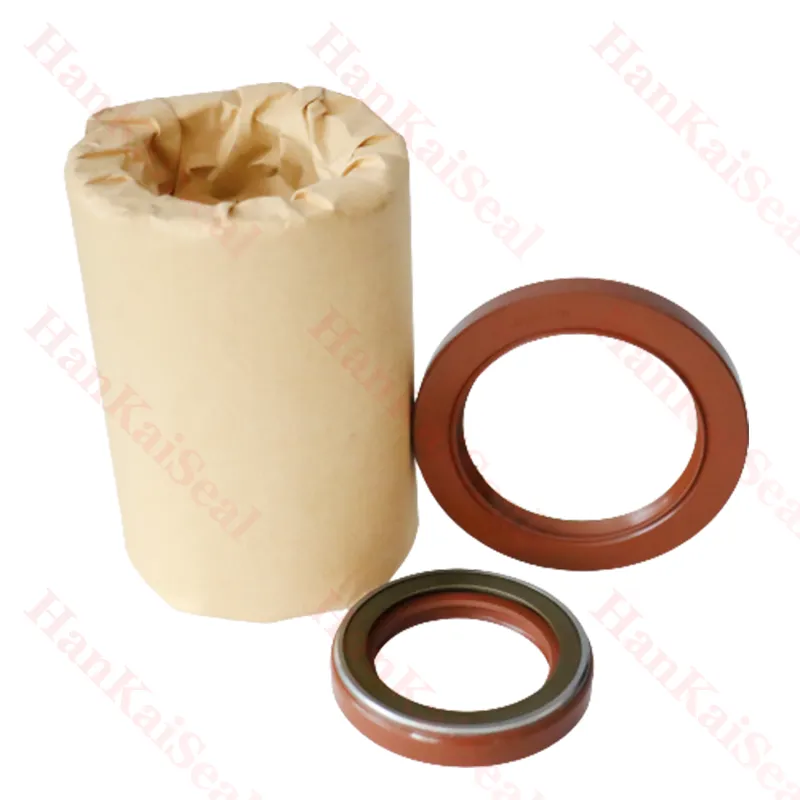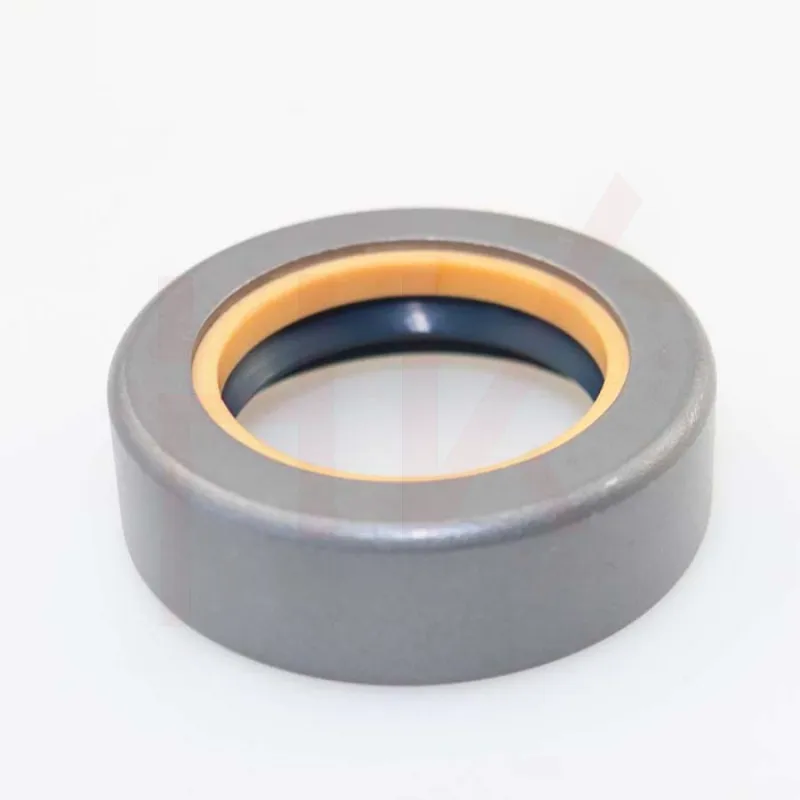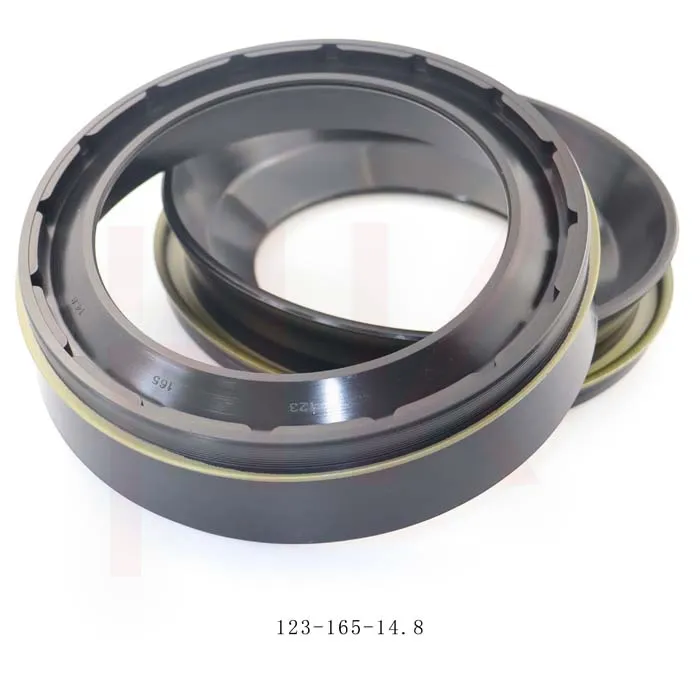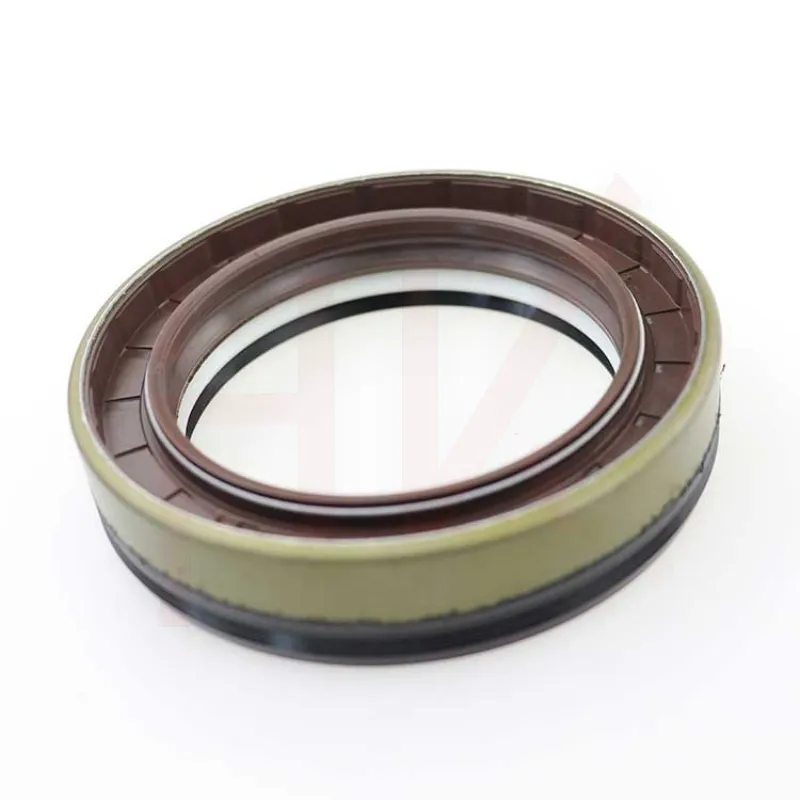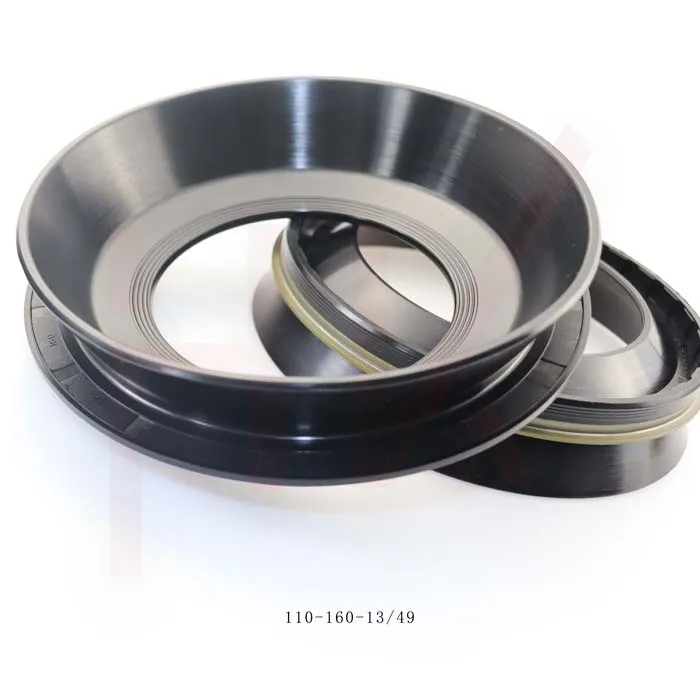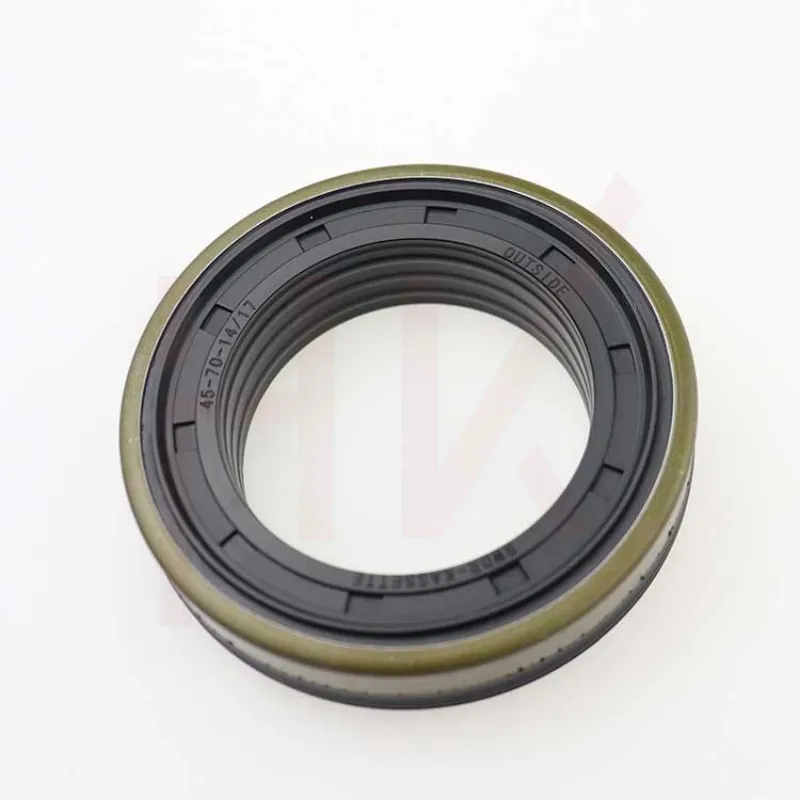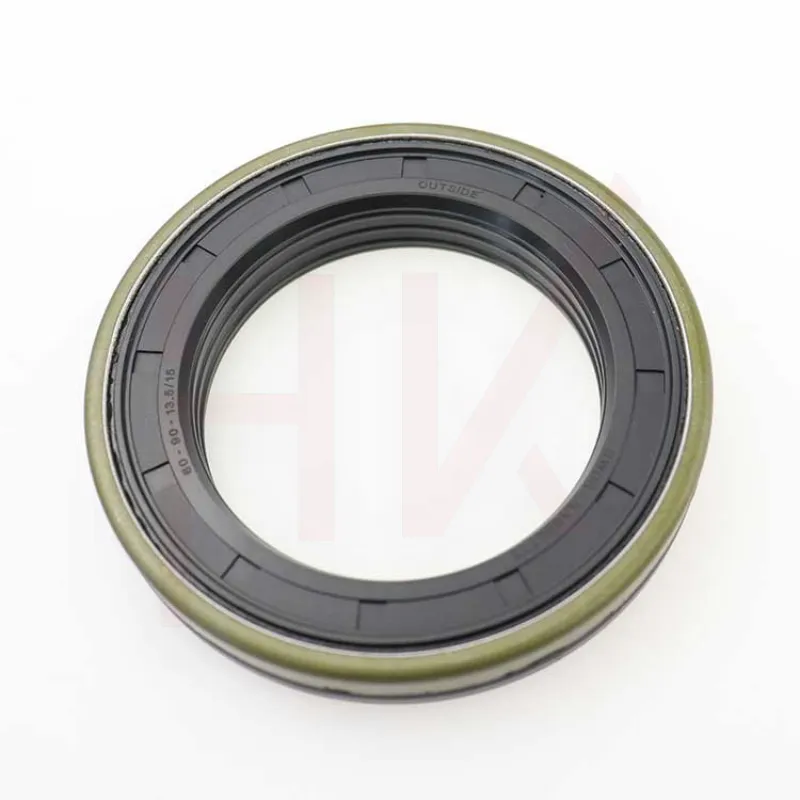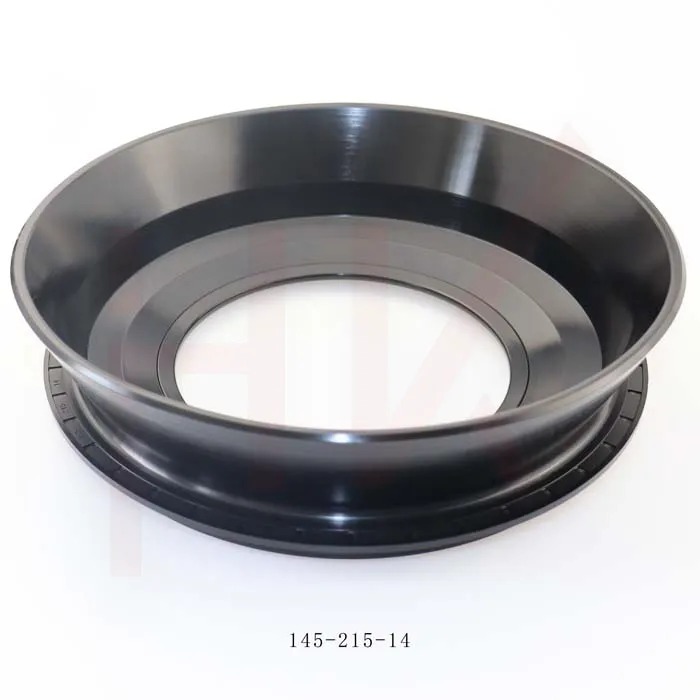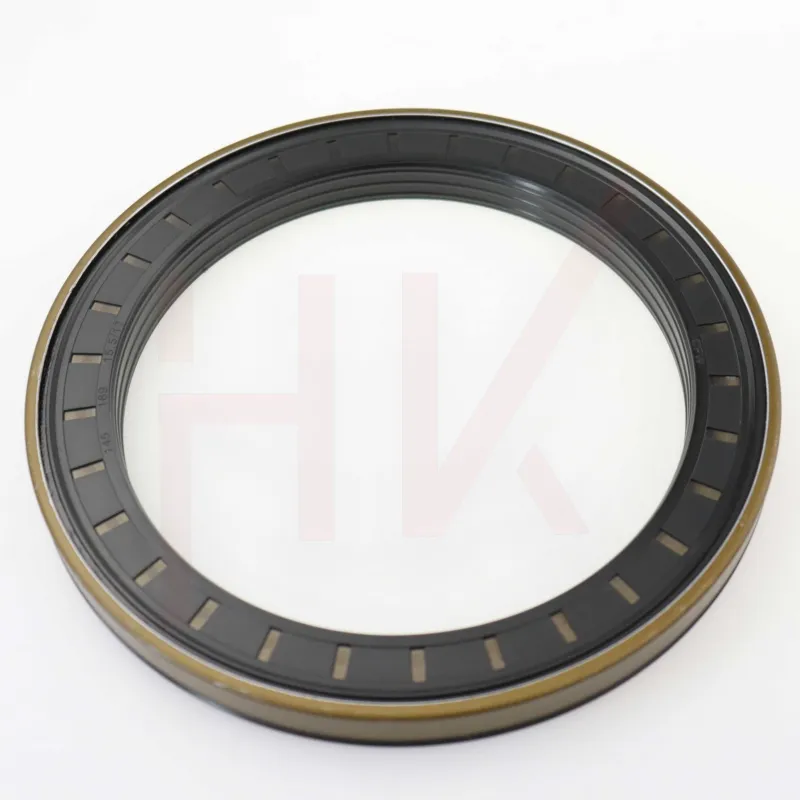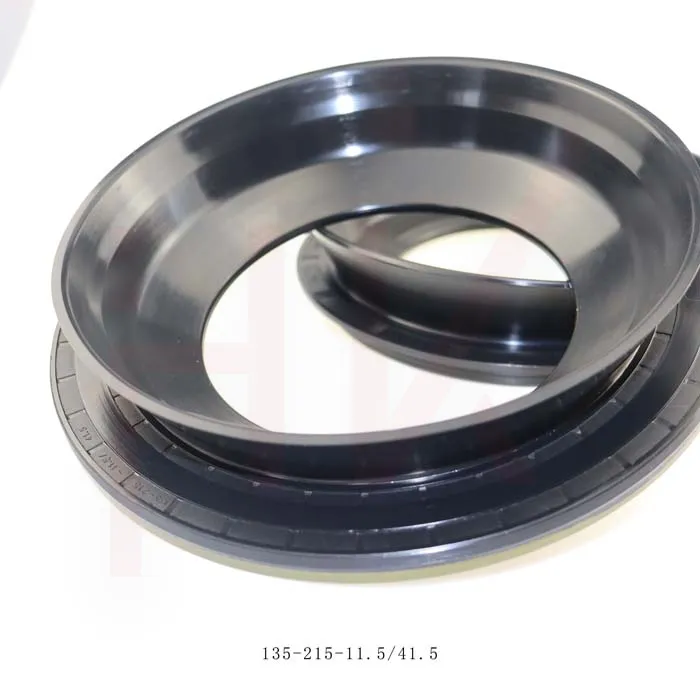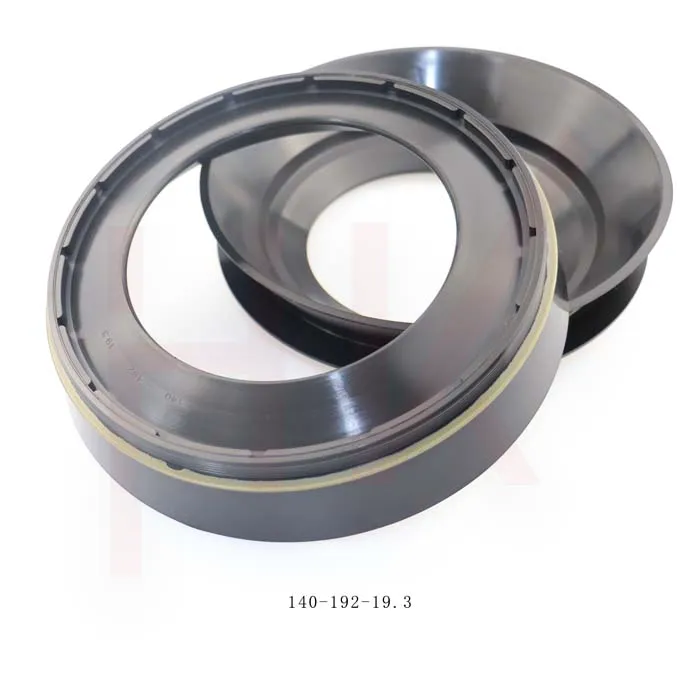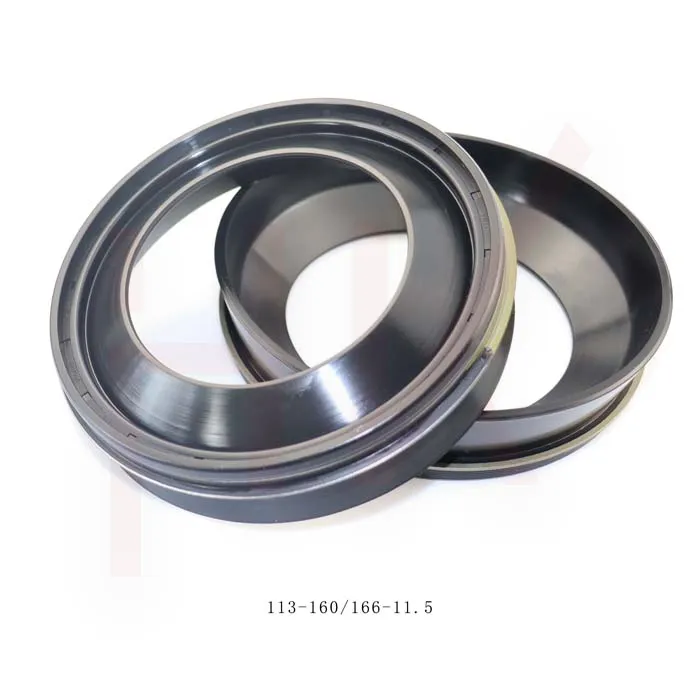Nov . 21, 2025 15:30 Back to list
Comprehensive Guide to Hydraulic Cylinder Wiper Seal: Global Applications & Benefits
The Unsung Hero of Hydraulic Systems: Understanding the Hydraulic Cylinder Wiper Seal
When we think about heavy machinery or industrial hydraulics, rarely do our minds wander to tiny seals tucked inside – yet, these small components can dictate the lifespan and performance of massive equipment. The hydraulic cylinder wiper seal is one such unsung hero. It prevents dirt, moisture, and contaminants from invading sensitive hydraulic cylinders, ultimately safeguarding the entire system's efficiency and reliability. Understanding this component might sound niche, but globally, it plays a vital role in industries spanning construction, agriculture, manufacturing, and even humanitarian aid.
Why the Hydraulic Cylinder Wiper Seal Matters Globally
Globally, hydraulic systems represent a multi-billion-dollar sector with projections from industry analyses suggesting steady growth driven by infrastructure projects in Asia, increased automation in Europe, and sustainable energy developments in North America. According to ISO standards, proper sealing solutions can reduce maintenance costs by up to 30% and dramatically lower equipment downtime. Yet in many harsh environments—think sub-Saharan Africa’s dusty terrain or the frozen tundra of Siberia—hydraulic cylinder failures due to seal issues cost companies millions annually in lost productivity and repairs.
Addressing the wear and contamination challenges that hydraulic cylinders face is a vital engineering puzzle, with the wiper seal acting as a frontline soldier protecting hydraulic fluid integrity. It's an overlooked key to machinery longevity.
Mini Takeaway:
The hydraulic cylinder wiper seal is no small deal. Its function echoes across global industry challenges, crucial for cost saving, uptime, and environmental protection.
What Exactly Is a Hydraulic Cylinder Wiper Seal?
Simply put, a hydraulic cylinder wiper seal is a ring-shaped component installed at the entry point of the piston rod into the cylinder barrel. Its primary job is to “wipe” off contaminants like dust, dirt, and water from the rod before they enter the hydraulic cylinder chamber. Think of it as the gatekeeper that keeps the hydraulic fluid clean and free from abrasive particles that can cause premature wear.
Without this seal, dirt would corrupt the hydraulic system, leading to leaks, decreased pressure, and eventual system failure. So, while tiny, a wiper seal makes an outsized difference in modern machinery's health and efficiency — and by extension, often the safety of operations themselves (because a stalled hydraulic system on a construction site isn’t just inconvenient—it can be dangerous).
Mini Takeaway:
The wiper seal is a small but critical component protecting hydraulic cylinders from contamination, boosting machine reliability and safety.
Key Features Defining Hydraulic Cylinder Wiper Seals
Durability
Hydraulic cylinder wiper seals must withstand extreme conditions—abrasive dust, high pressure, temperature swings, and chemical exposure. Typically made from polyurethane or nitrile rubber, manufacturers focus on materials resistant to wear and tearing to maximize service life.
Material Compatibility
The chosen seal material must be compatible with hydraulic fluids and the environmental conditions. It’s not one-size-fits-all—different fluids and operating temperatures demand different elastomer compounds to prevent swelling or hardening.
Design Precision
Seals have to fit snugly without causing friction damage to the rod or becoming damaged themselves. Innovations in lip design, such as triple-lip profiles, offer improved wiping and sealing performance, adapting to rod imperfections and reducing leakage.
Cost Efficiency
While premium materials and complex designs cost more upfront, the long-term savings from reduced downtime, maintenance, and replacements are well worth the investment. Smart engineers choose quality seals for the “peace of mind factor.”
Customization Potential
Increasingly, manufacturers offer custom wiper seals tailored to particular rod sizes and operational demands—for example, seals designed specifically for food-grade hydraulic systems or extreme mining conditions.
Mini Takeaway:
The seal’s durability, material choice, design, and cost impact machinery operation profoundly, influencing both service life and maintenance budgets.
Hydraulic Cylinder Wiper Seal Applications Worldwide
Hydraulic systems are everywhere: agriculture tractors in India, offshore oil rigs in Norway, mining operations in Australia, and disaster-response machines in Haiti. Wherever hydraulic cylinders operate outdoors or in dusty environments, a robust wiper seal is vital.
For instance, in post-disaster relief efforts, heavy machinery used to clear debris must operate reliably despite exposure to dirt and moisture. Without effective wiper seals, hydraulic failures can delay urgent rescue work. Similarly, remote industrial zones in Siberia rely on long-lasting seals to minimize expensive maintenance far from urban centers.
Civil engineering sectors, automotive manufacturing lines, and even aerospace ground support equipment all bank on these seals to maintain efficacy and prevent hydraulic leaks—miss a seal inspection here, and it can mean costly downtime or safety hazards.
Mini Takeaway:
Across continents and industries, the hydraulic cylinder wiper seal plays a quiet but critical role, ensuring smooth operations in challenging environments.
Advantages and Long-Term Value of Quality Wiper Seals
- Cost Savings: Improved seal performance reduces maintenance intervals, lowering labor costs and spare parts consumption.
- Environmental Impact: Better sealing cuts down hydraulic fluid leaks, reducing soil contamination and regulatory risks.
- Operational Safety: Preventing sudden hydraulic failures reduces accidents involving heavy machinery, protecting workers.
- Equipment Longevity: Clean hydraulic fluid means less wear, pushing back the need for costly overhauls.
In real terms, this means investment in good seals often pays for itself many times over. There’s a comforting assurance in knowing machines will operate securely and efficiently—maybe that’s what engineers love most about a well-designed wiper seal.
Common Specifications of a Standard Hydraulic Cylinder Wiper Seal
| Specification | Typical Value / Range |
|---|---|
| Material | Polyurethane, Nitrile Rubber (NBR), Fluoroelastomer (FKM) |
| Temperature Range | -40°C to 120°C (varies by material) |
| Operating Pressure | Up to 5000 psi (approx. 345 bar) |
| Rod Diameter Range | 10 mm – 150 mm (custom sizes available) |
| Designs | Single lip, double lip, triple lip wiper configurations |
Comparing Leading Hydraulic Cylinder Wiper Seal Vendors
| Vendor | Material Options | Customization | Price Range | Lead Time |
|---|---|---|---|---|
| HKAI Seal | Polyurethane, NBR, FKM | High – custom sizes & compounds | Mid-range | 2-4 weeks |
| SealTech Inc. | NBR, Silicone | Moderate | Budget | 1-3 weeks |
| ProSeal Co. | FKM, Polyurethane | Custom projects only | Premium | 4-6 weeks |
Looking Forward: Innovations and Trends in Hydraulic Cylinder Wiper Seals
As automation and smart machinery grow, so does the demand for smarter seal materials and designs. Expect more use of composite materials with self-lubricating properties to reduce friction and wear. Additionally, digital monitoring systems integrated into hydraulic units can detect seal wear before breakdown, allowing preventative maintenance.
Eco-friendly sealing compounds that biodegrade or use recycled materials are also gaining traction. With growing emphasis on sustainability, green innovation in such small components may seem subtle but is essential for the planetary footprint of heavy industries.
Challenges and Practical Solutions
Even the best seals can struggle with extreme contaminants like fine silica dust or corrosive chemicals. One emerging solution is hybrid sealing technology combining polyurethane resistance with PTFE (Teflon) low friction surfaces. Also, better protective covers and routine inspections help.
Another challenge is seal wear due to rod surface imperfections, often caused by damage or corrosion. Here, regular rod polishing and upgraded surface coatings help seals last longer.
FAQs about Hydraulic Cylinder Wiper Seals
- How often should hydraulic cylinder wiper seals be replaced?
- Replacement depends on operating conditions but generally every 12–24 months or when signs like rod scoring or hydraulic leaks appear. Harsh environments may require more frequent checks.
- Can I use a generic wiper seal for different hydraulic cylinders?
- It’s usually not advisable. Proper seal fit and material compatibility with the fluid and environment are critical to performance and longevity.
- How do wiper seals affect hydraulic system efficiency?
- By preventing contamination, wiper seals reduce wear, leakage, and downtime—improving the system’s efficiency and reducing running costs over time.
- Are there environmental benefits to using better wiper seals?
- Yes. Effective seals prevent hydraulic fluid leaks, reducing soil and water contamination, and helping meet environmental regulations.
Wrapping It Up: Why You Should Care About Your Hydraulic Cylinder Wiper Seal
It’s easy to overlook something so small, but when a hydraulic cylinder wiper seal fails, the consequences ripple through equipment uptime, maintenance budgets, and even workplace safety. Investing in quality seals and understanding their role extends the life of expensive machinery and fosters sustainable operations. If you’re looking to optimize your hydraulic systems, start with the seal — it’s a deceptively simple step with big payoffs.
Feel free to visit us at https://www.hkaiseal.com to explore top-tier hydraulic cylinder wiper seals suited for all your industrial needs.
References
-
Reliable Oil Seal Wheel Hub Solutions for Industrial & Automotive Use
NewsNov.17,2025
-
Durable Front Hub Oil Solutions for Industry – HKAiSeal
NewsNov.17,2025
-
Wholesale Hydraulic Pump Motor Seal Kit A4VSO250 | In Stock
NewsNov.17,2025
-
Pump Seal Kits: Essential Components for Industrial Reliability
NewsNov.17,2025
-
TCV Oil Seal - Double-Lip, Spring-Loaded, High Temp & Wear
NewsNov.17,2025
-
Hydraulic Seal Kits: Reliable Solutions for Industrial Equipment
NewsNov.17,2025
-
Combined oil seal 659214 12001903B, fits 119990, NBR OEM
NewsNov.17,2025
Products categories

